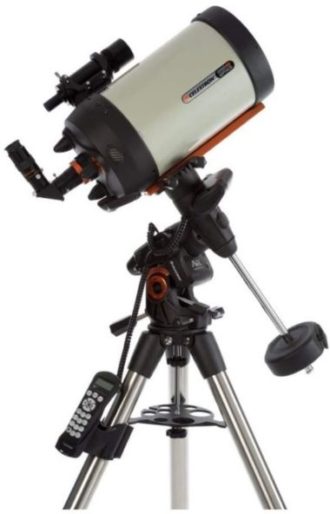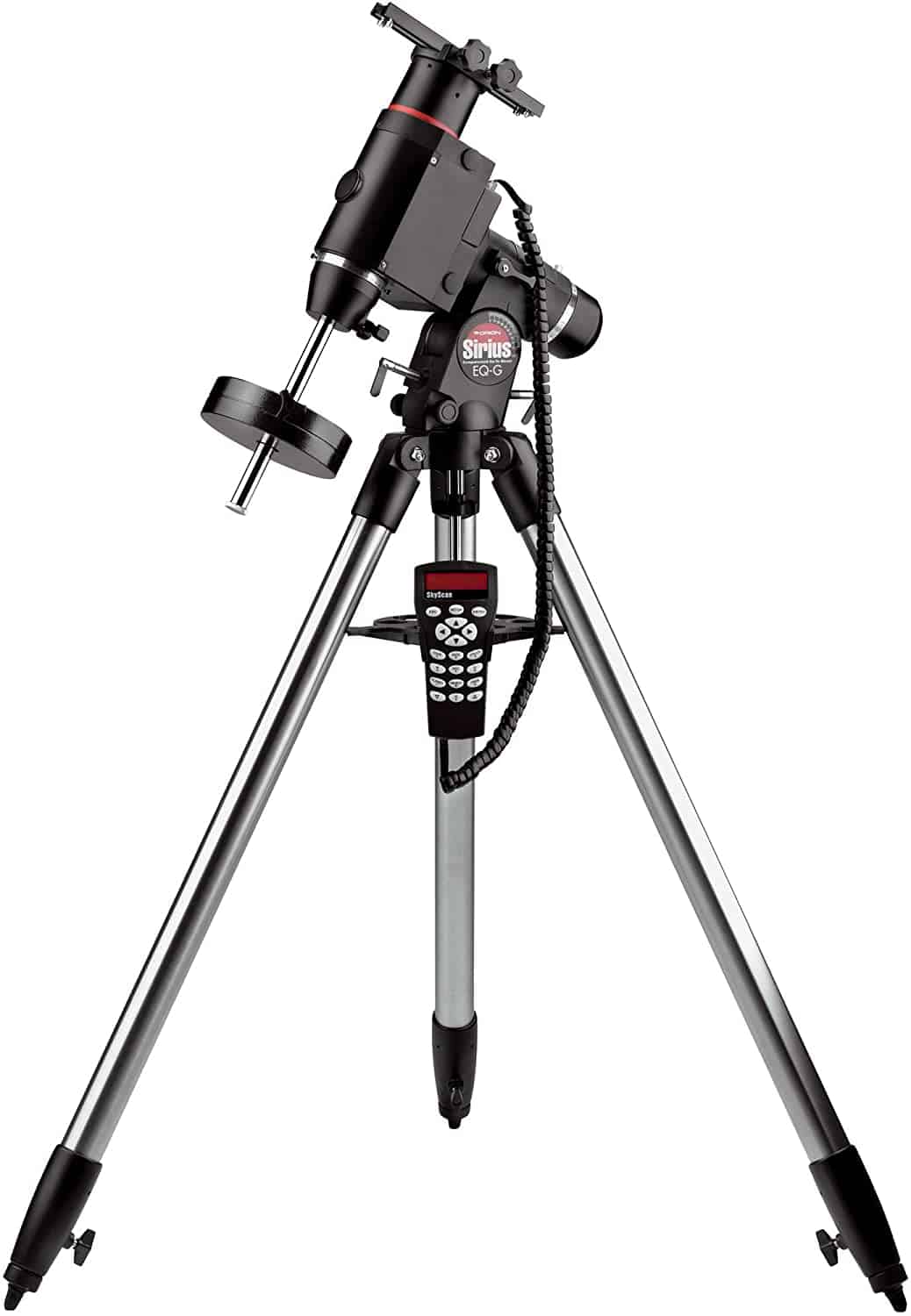
Why? First, the focal length of your telescope determines the width of your field of view. Wider and Faster is BetterĬommon advice for beginners in astrophotography is to look for a shorter focal length telescope (which gives you a wider field of view) and a “fast” focal ratio (which increases image brightness for a given exposure time). On the other hand, even the best telescope will produce subpar images with an unsuitable mount for tracking. A great astrophotography mount, combined with an average DSLR camera (even without a telescope), can take fantastic images of the Milky Way and even deep sky objects. In fact, many would say that choosing the right mount for astrophotography is more important than choosing the right telescope. If you’re planning to take long-exposure images, you’ll need a mount designed to automatically track your target across the sky. The best images of distant objects can require hours of total exposure (taken in a series of “stacked” images). The most basic decision you’ll make is whether you’ll be taking long-exposure photographs.
#Best telescope for astrophotography 2016 how to#
Whether you’re a general photographer looking to branch out into astrophotography, or whether you’re an astronomy enthusiast looking to learn how to take stunning photographs of the sights you already know and love – astrophotography is an art form unto itself, and it takes some time and experience, plus the right equipment.

It can be an incredibly rewarding experience to capture breathtaking images of our universe far beyond what’s possible with a camera alone. Introduction: Best Telescope for Astrophotography

Celestron SkyMaster 20×80 Review: Bigger and Better.Celestron FirstScope Review: The Little Scope That Can.Celestron Travel Scope 70 Review: Skip the Accessories.


 0 kommentar(er)
0 kommentar(er)
